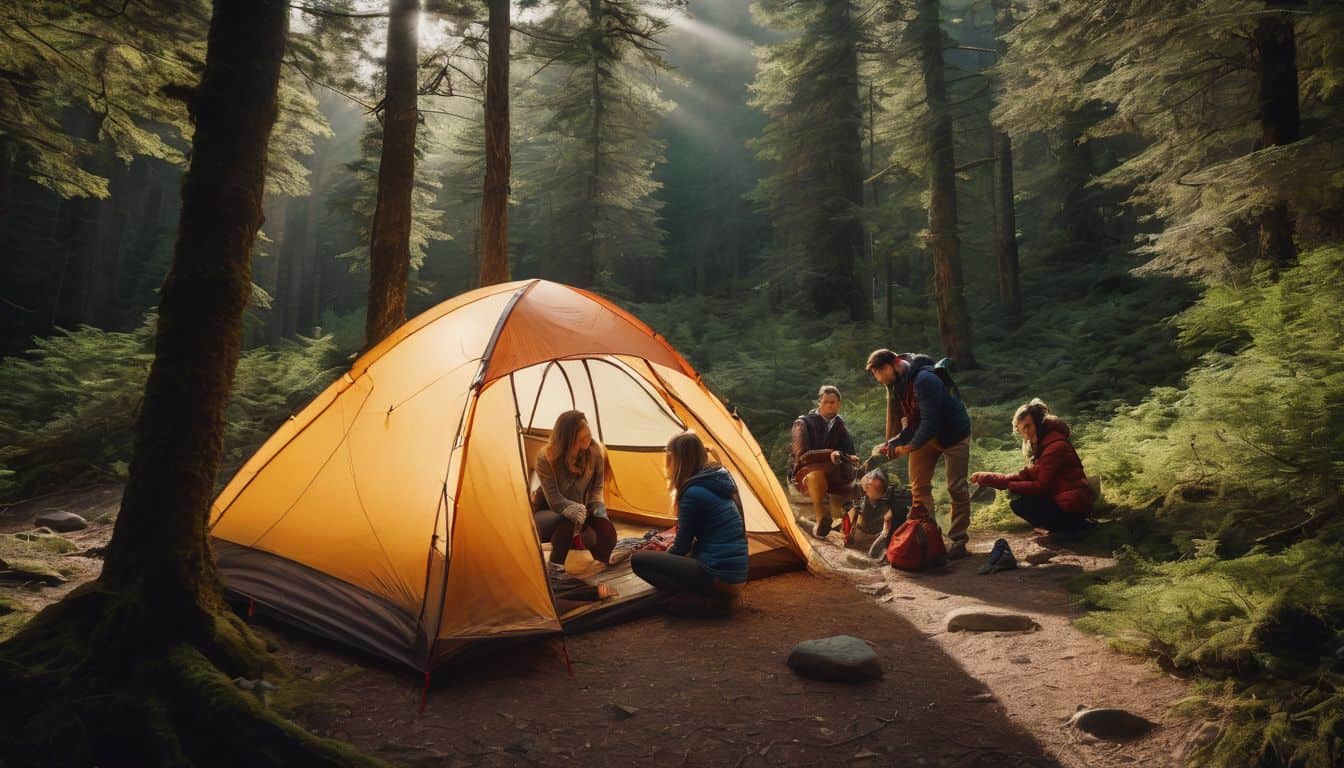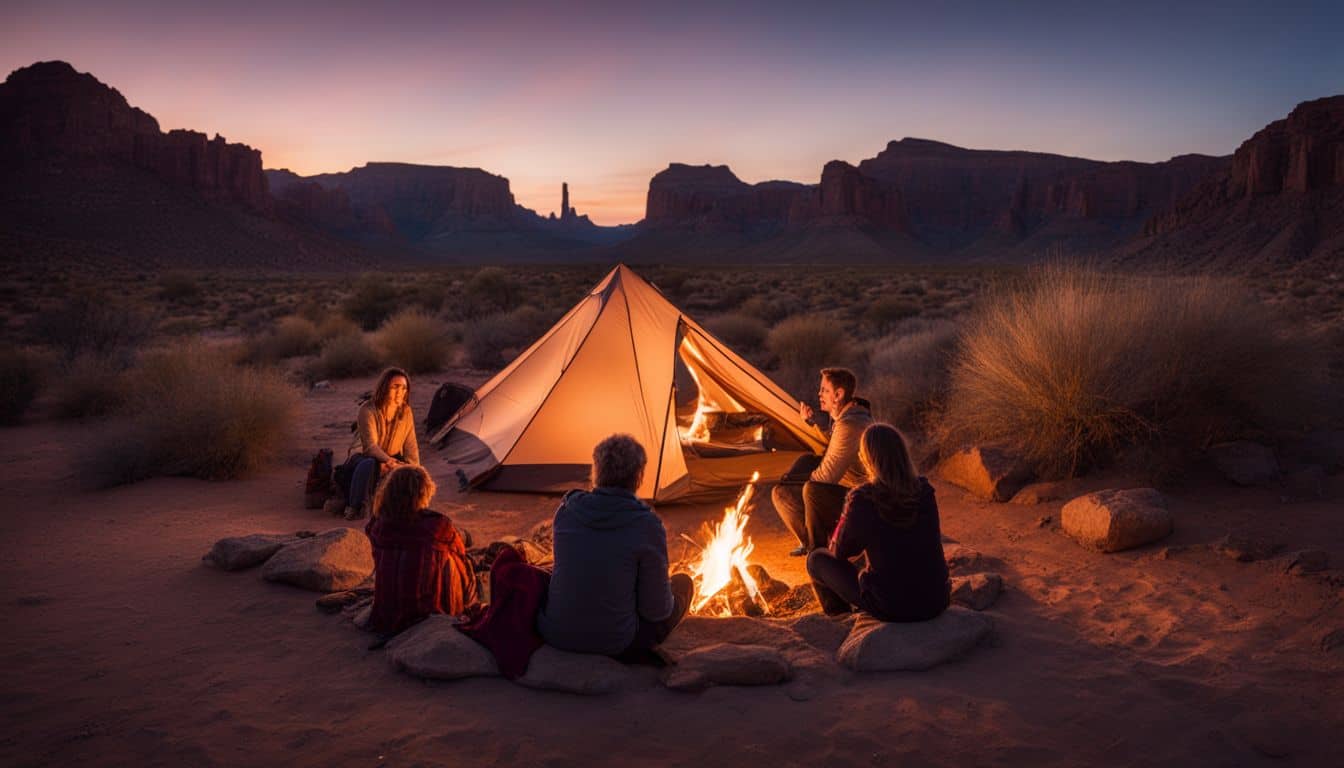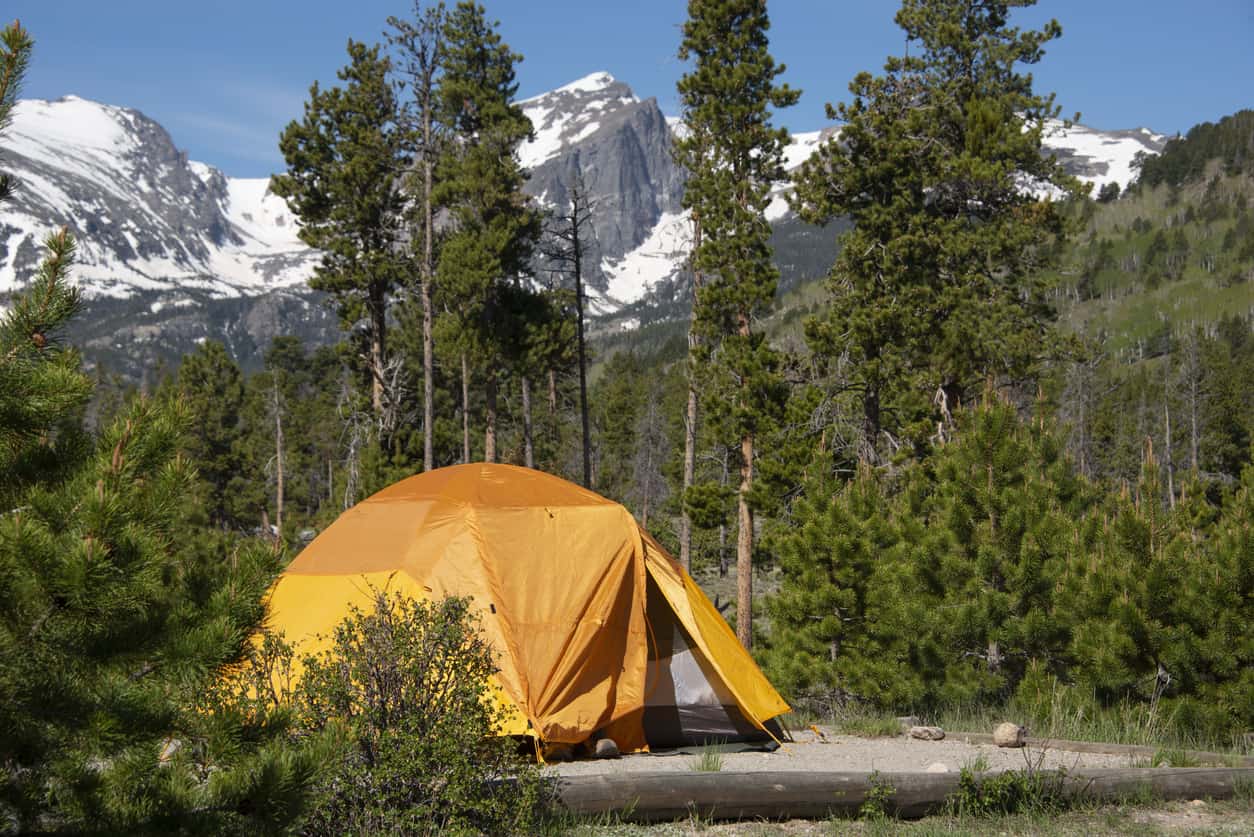Dispersed camping offers a unique opportunity to experience nature in its most pristine form, away from crowded campgrounds and developed facilities. This guide will highlight some of the best dispersed camping locations across the country, focusing on accessibility, scenic beauty, and the overall wilderness experience.
What is Dispersed Camping?
Dispersed camping refers to camping outside of designated campgrounds on public lands, typically managed by the U.S. Forest Service or Bureau of Land Management (BLM). It’s generally free but comes with the responsibility of being entirely self-sufficient and practicing Leave No Trace principles. This form of camping offers a more rugged and authentic outdoor experience, allowing campers to immerse themselves in nature away from developed facilities.
Dispersed camping often means no amenities like toilets, picnic tables, or fire pits, requiring campers to be well-prepared and environmentally conscious. It’s an excellent option for those seeking solitude, a closer connection to nature, and the freedom to choose their own campsite within the regulations of the managing agency.

Top Dispersed Camping Regions
The Pacific Northwest
- Olympic National Forest, Washington: Offers diverse ecosystems from rainforests to alpine meadows, with stunning views of the Olympic Mountains and access to pristine wilderness areas.
- Mount Hood National Forest, Oregon: Provides year-round camping opportunities with scenic vistas of Mount Hood, abundant hiking trails, and beautiful lakes and rivers.
The Southwest
- Coconino National Forest, Arizona: Home to the famous red rocks of Sedona, offering a unique desert camping experience with breathtaking landscapes and starry nights.
- San Juan National Forest, Colorado: Features high-altitude camping amidst the Rocky Mountains, with opportunities for hiking, fishing, and wildlife viewing.
The Rocky Mountains
- Bridger-Teton National Forest, Wyoming: Provides access to the Grand Tetons and Yellowstone, offering abundant wildlife viewing opportunities and stunning mountain scenery.
- Flathead National Forest, Montana: Offers camping near Glacier National Park, with pristine lakes, rugged mountains, and diverse wildlife.
The Eastern United States
- Green Mountain National Forest, Vermont: Provides a mix of hardwood forests and mountain vistas, offering a quintessential New England outdoor experience.
- Pisgah National Forest, North Carolina: Features waterfalls, hiking trails, and diverse ecosystems in the beautiful Appalachian Mountains.
Tips for Finding the Perfect Spot
- Use online resources like FreeCampsites.net and apps like The Dyrt: These platforms provide valuable information on dispersed camping areas, including user reviews, GPS coordinates, and site-specific details.
- Check local regulations with the ranger station: Rules can vary between different forests and regions, so always verify current regulations, fire restrictions, and any required permits.
- Arrive early, especially on weekends and holidays: Popular dispersed camping areas can fill up quickly, particularly during peak seasons. Arriving early ensures you have more options for finding an ideal spot.
- Be prepared with all necessary supplies: Dispersed camping requires self-sufficiency. Bring ample water, food, proper camping gear, navigation tools, and emergency supplies. Remember, there are no facilities in most dispersed camping areas, so plan accordingly.
Essential Dispersed Camping Guidelines
- Camp at least 200 feet away from water sources: This practice helps protect fragile riparian ecosystems and prevents contamination of water sources. It also reduces your impact on wildlife that depends on these water sources.
- Use existing fire rings when possible: This minimizes the creation of new fire scars and concentrates impact in already-used areas. If you must create a new fire ring, dismantle it completely before leaving.
- Pack out all trash and dispose of human waste properly: The “Leave No Trace” principle is crucial in dispersed camping. Pack out all trash, including food scraps. For human waste, use a cathole system or pack-out bags depending on local regulations.
- Respect wildlife and store food securely: Keep a safe distance from wildlife and never feed animals. Use bear canisters or hang food properly to prevent attracting wildlife to your campsite.
- Be aware of fire restrictions: Check current fire regulations before your trip, as they can change rapidly based on weather conditions and fire danger levels.
When planning your trip, it’s crucial to be prepared for dispersed camping emergencies. Having the right knowledge and equipment can make a significant difference in challenging situations. This includes knowing basic first aid, carrying emergency communication devices, and having a plan for potential scenarios like severe weather or getting lost.
Spotlight: Michigan Dispersed Camping
Michigan offers excellent dispersed camping opportunities, particularly in its national forests:
- Huron-Manistee National Forest: This forest spans nearly a million acres across the northern lower peninsula, offering diverse camping experiences from lakeshores to dense forests.
- Ottawa National Forest: Located in the western Upper Peninsula, this forest provides remote camping opportunities with access to pristine lakes and rivers.
- Hiawatha National Forest: Situated in the eastern Upper Peninsula, Hiawatha offers unique camping experiences near the shores of three Great Lakes.
When dispersed camping in Michigan, remember to obtain a Recreation Passport for your vehicle if accessing state forest lands. This passport supports the maintenance and preservation of these natural areas.
To ensure a comfortable and safe experience, make sure you have the right gear for dispersed camping. Proper equipment can enhance your enjoyment and help you handle various outdoor conditions. This includes a reliable tent, appropriate sleeping gear for Michigan’s variable weather, water filtration systems, and navigation tools. Remember, in dispersed camping areas, you’re responsible for all your needs, so thorough preparation is key.

Conclusion
Dispersed camping provides an unparalleled opportunity to connect with nature and enjoy solitude in some of America’s most beautiful landscapes. By following guidelines and practicing responsible camping, we can preserve these areas for future generations to enjoy.
For those new to camping or unsure about campsite availability, understanding what walk-up means for camping can be helpful, especially in popular dispersed camping areas where reservations might not be possible.
Remember, the key to a successful dispersed camping experience is thorough preparation, respect for the environment, and a sense of adventure.

Leave a Reply